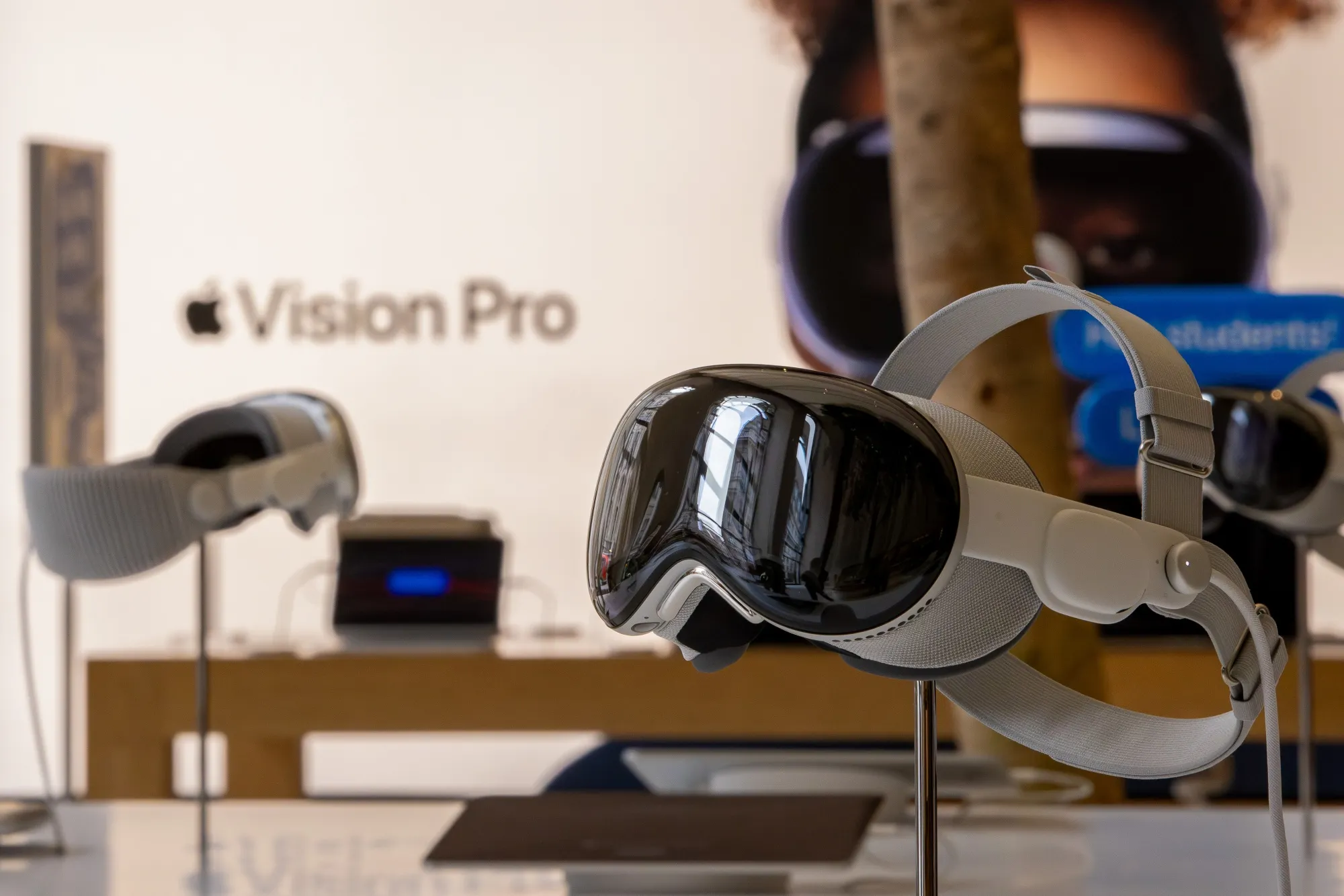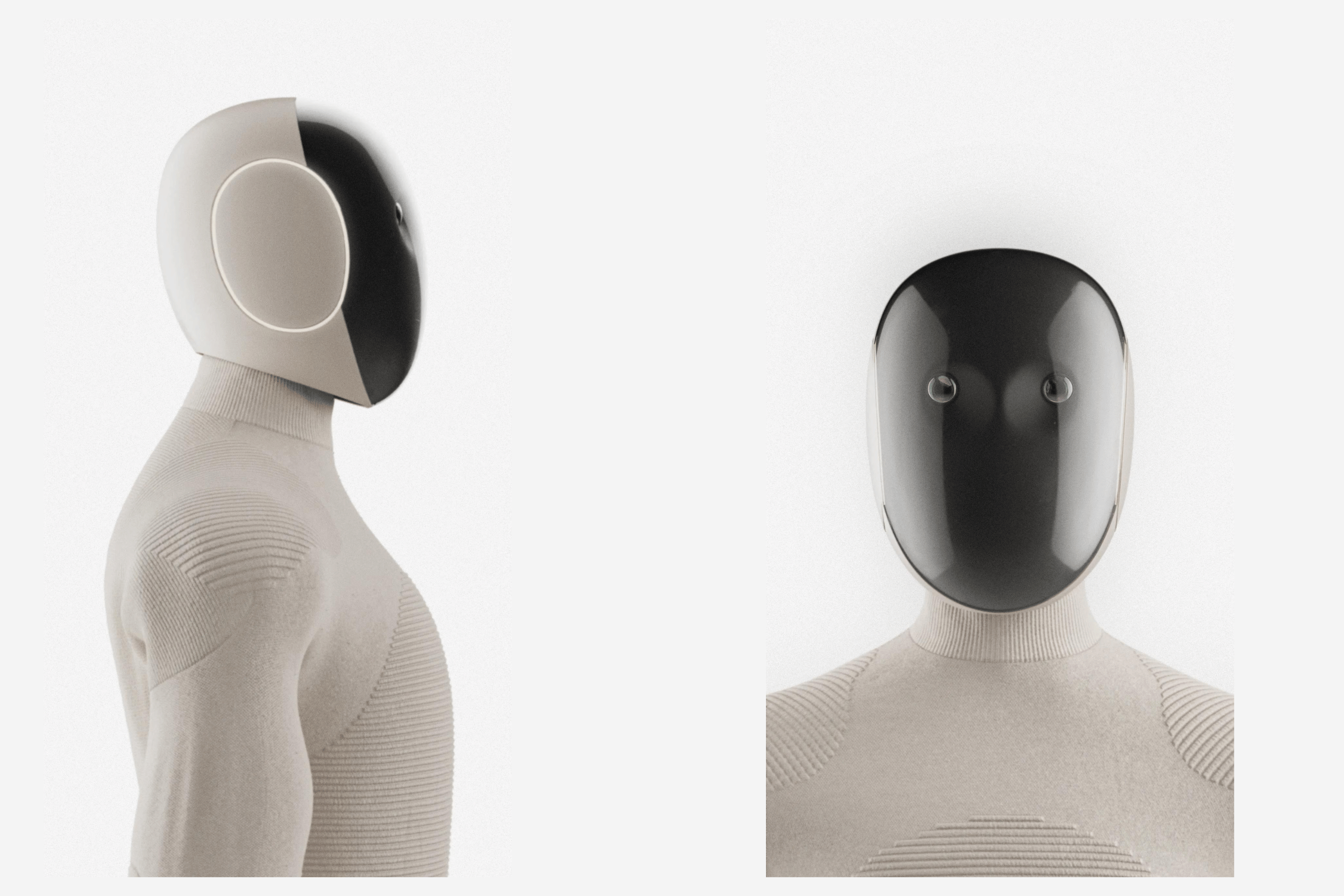
Apple Shelves Smart Glasses Project: What It Means for the Future of AR Wearables
Apple has reportedly halted development on its highly anticipated smart glasses that were designed to connect to a Mac. This decision, first revealed by Bloomberg’s Mark Gurman, marks a significant shift in Apple’s augmented reality (AR) strategy. While the company remains committed to spatial computing, this cancellation raises questions about the future of consumer-focused AR wearables.
The Canceled Smart Glasses: A Missed Opportunity?
The scrapped project, internally named N107, was envisioned as a sleek pair of glasses resembling traditional eyewear. Unlike Apple’s high-end Vision Pro headset, these smart glasses aimed to offer a lightweight and affordable AR experience. According to reports, the device would have featured “advanced projectors” that overlaid digital content directly onto the user’s field of view. However, one major drawback was that the glasses required a tethered connection to a Mac for power and processing.
Apple’s approach to smart glasses was reminiscent of Meta’s Ray-Ban glasses but with a key difference: integrated displays for an enhanced AR experience. The goal was to bring AR functionality to the masses without the high price tag associated with premium headsets. However, despite the potential, internal testing reportedly failed to meet Apple’s high standards, leading to the project’s discontinuation.
Why was the Apple smart glasses Canceled?
The cancellation of Apple’s smart glasses project appears to stem from multiple challenges:
- Technical Limitations: Achieving high-quality AR visuals in a lightweight form factor proved difficult.
- Tethering Requirement: Requiring a Mac for processing limited the device’s portability and practicality.
- Shifting Priorities: Apple is reportedly prioritizing a more affordable version of its Vision Pro headset, which could serve as an interim solution before standalone AR glasses become feasible.
What’s Next for Apple’s AR Ambitions?
While Apple may have shelved its smart glasses project, the company is far from abandoning AR. According to Gurman, Apple is working on a more accessible version of the Vision Pro, potentially dropping the “Pro” branding. The long-term goal remains clear: developing fully standalone AR glasses that integrate seamlessly into everyday life.
Apple is also exploring other wearable innovations, including AirPods equipped with cameras, which could enhance augmented reality interactions through Apple Intelligence and Siri. Additionally, competitors like Samsung and Googleare pushing forward with their own AR glasses, making it evident that the race for consumer-friendly AR wearables is far from over.
The Future of AR Glasses and Spatial Computing
The smart glasses industry is heating up, with multiple tech giants vying for dominance. Companies like Meta, Samsung, and Google are investing heavily in the AR space. Meta’s Project Orion, expected to launch by 2027, and Google’s Android XR-powered glasses are among the products shaping the future of AR wearables.
Apple’s Vision Pro, while impressive, remains a niche product due to its high $3,499 price tag. To truly make AR mainstream, Apple needs to develop a more affordable and accessible device. The shelving of the Mac-connected smart glasses may signal that Apple is focusing on refining its technology before launching a mass-market product.
Apple’s AR Vision is Far from Over
Although Apple has paused its smart glasses project, the company’s AR ambitions remain strong. With a more affordable Vision Pro in the works and ongoing research into standalone AR glasses, Apple continues to be a major player in spatial computing. While this delay may be disappointing for AR enthusiasts, it likely means Apple is perfecting its approach before unveiling the next groundbreaking wearable technology.






Leave a Reply